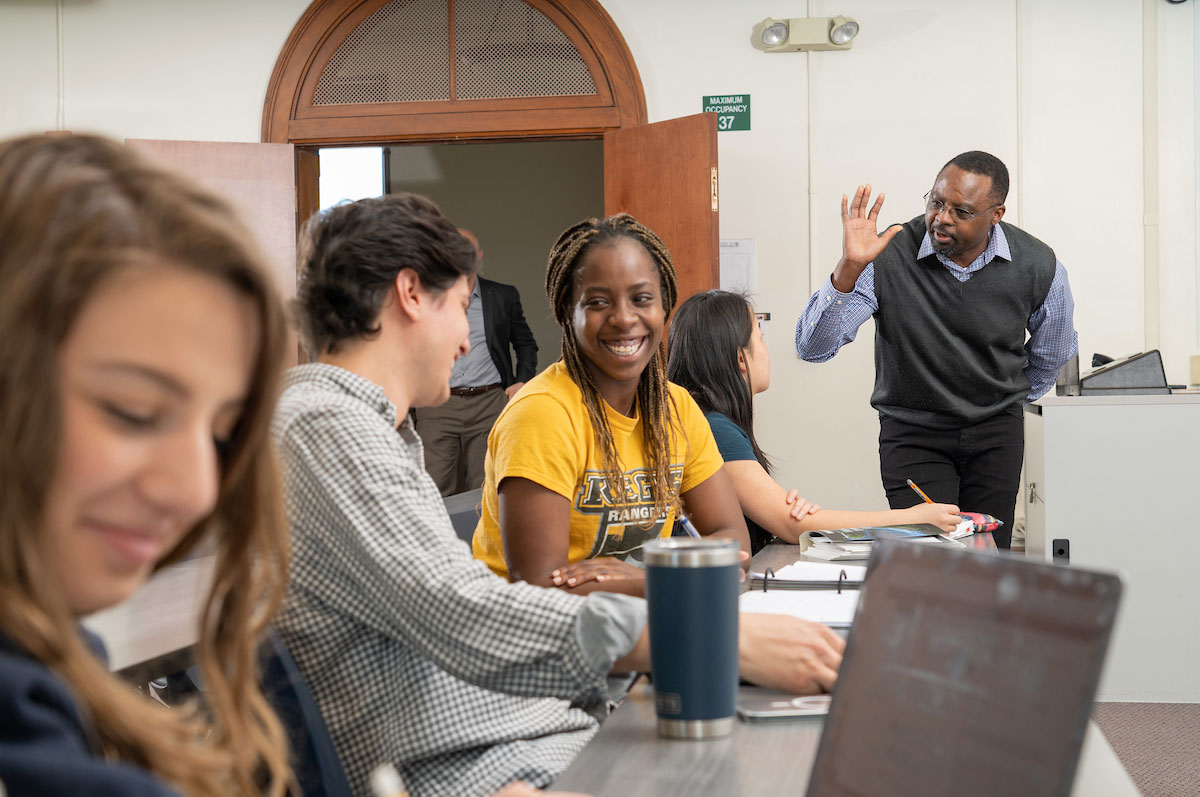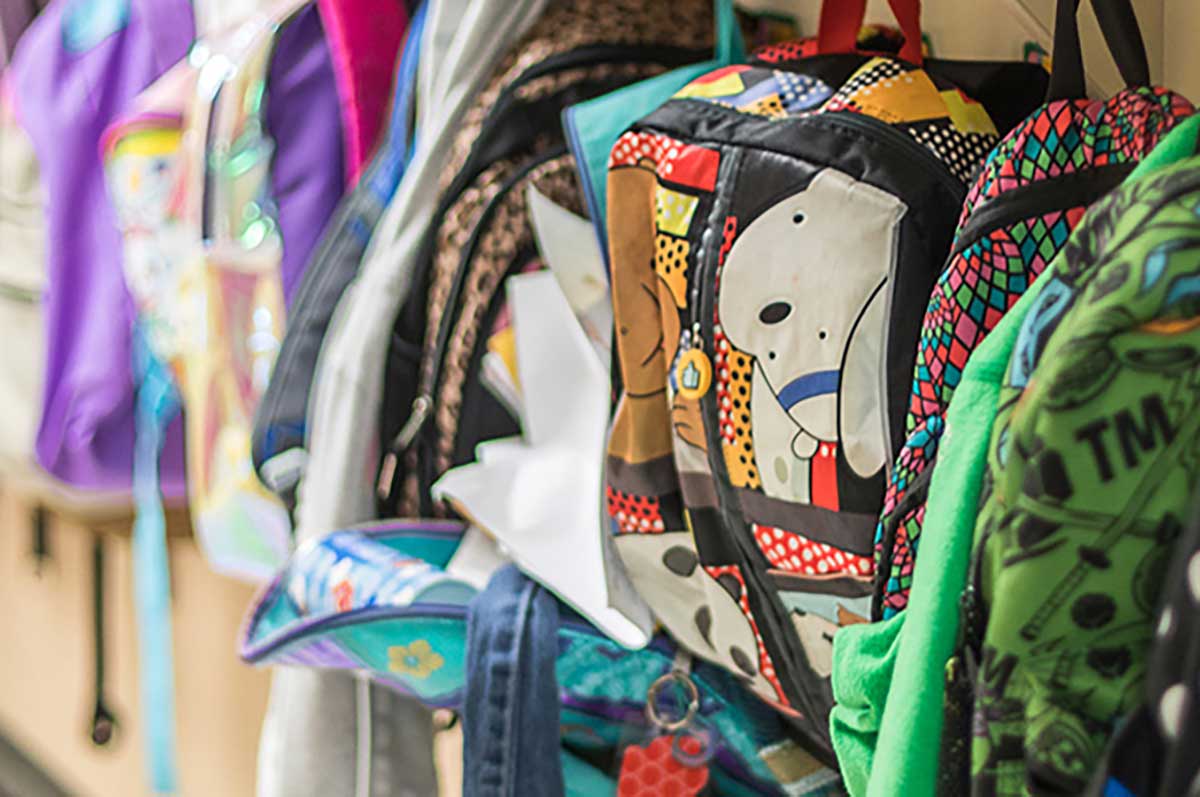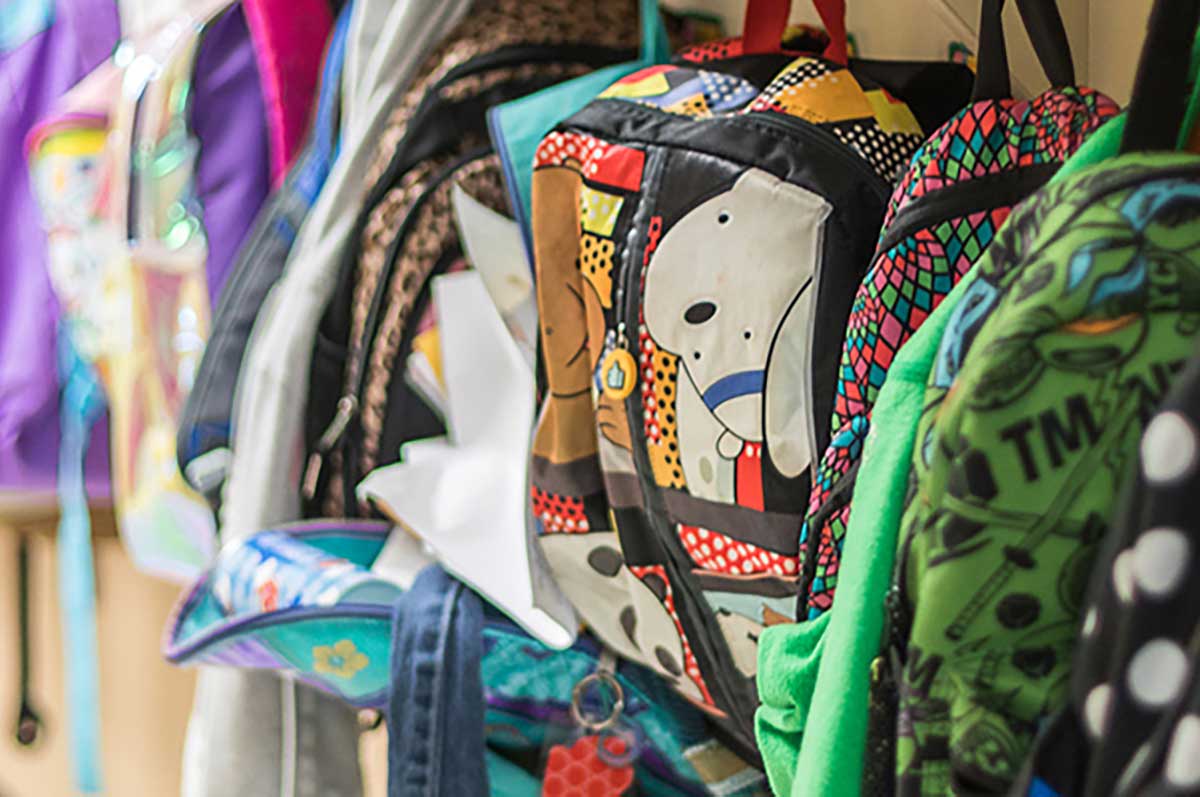How teachers can promote bilingualism in the classroom
After Kimberley Flores earned her master’s degree in bilingual education and began teaching, it didn’t take long to put her education to use: her first class was made up of 24 students who spoke 18 languages.
Although it was a challenge, Flores said, “It just really sealed the deal for me in terms of working with language learners. I've worked with language learners in my career ever since.”
Today, Flores, an instructor in the Teaching the Culturally and Linguistically Diverse emphasis within Regis University’s Master of Arts in Education programs, is using her experiences to mentor teachers who work with multilingual families. She encourages educators to promote language diversity in the classroom.
“You can sometimes walk into a teacher’s room and know if they value other languages, if they value other cultures, a lot of times because of what you see on their walls,” she said. “I've spent a lot of time as a coach and an administrator going into classrooms and a lot of times I could tell that right off the bat. Part of it, I think, is having an attitude of openness and acceptance.”
So how can teachers promote bilingualism in the classroom? Flores offered the following advice.
Show students that you’re open to learning about their culture. “Teachers can be really strategic in terms of the resources that they have in their room,” Flores said. “I think that speaks volumes.”
Flores recommends finding ways in class for students to share their language with their peers. If a class is talking about a vocabulary word, ask students how they would say the word in their language. She also encourages teachers to add books written in students’ native languages to their classroom collections.
“When teachers can show that they value a student's language … they also show that they value that that student’s culture, which also means if they value the culture, they value the student and they value the student’s family,” Flores said. “So, it's really all wrapped up together.”
Group students strategically. “Think ahead to why you're grouping students,” Flores said.
As a teacher, Flores frequently grouped students who were native speakers of different languages together to help build community and encourage language skill development.
“But, sometimes, if the activity really meant processing content in a deeper, more complex way, I would put students together in like-language groups,” Flores said. “It was more important to me that the students grapple with the content and it was important that they do that in the language in which they were the most comfortable.”
Think about ways to engage with families. “Involving parents and involving families is a great strategy that teachers and schools can use and there's research out there that shows that it actually boosts student achievement,” Flores said. “Student achievement is one of the main goals.” Flores encouraged teachers to consider researcher Joyce Epstein’s work on spheres of influence at school, home and in the community.
“These spheres of influence have to overlap for students in order for students to be surrounded and supported in an environment in all the different areas where they can actually grow and reach academic success,” Flores said.
To help strengthen school-family partnerships, Flores recommends taking a step back and considering the unintentional biases we may have when approaching a situation from our own cultural norms and perspectives.
“For instance,” Flores said, “if I am planning a back-to-school event, I should stop and consider: What language am I sending the invitation in? Do all my parents speak/read that language? Do all of my parents have childcare available to them or should I provide it? If I’m planning this event in the evening, am I assuming that parents all work during the day and have evenings free?”
Consider what students have been through. Flores recommends that her students read The Newcomers by Helen Thorpe, who is a mentor in the Regis Mile-High MFA program. The book follows the stories of refugee teenagers trying to adapt and learn in a Denver high school.
“Some of our multilingual students come to us with a lot of trauma based on their situations,” Flores said. “Trauma-informed instruction and care are kind of a buzzwords right now, but I think it's for a reason.”
For educators who would like to expand their skills, Flores recommends seeking professional development opportunities in their districts and university programs specializing in teaching culturally and linguistically diverse students. During the fall 2022 semester, Regis will offer Biliteracy Development in the Spanish/English Dual Language Classroom, a course designed for bilingual educators that explores teaching reading, writing and oracy through the strategic use of two languages.
Are you ready to rise to the challenge of acting as an advocate, a resource and an inspiration for students and your colleagues alike? Explore opportunities to lead with a graduate degree in education from Regis University.


